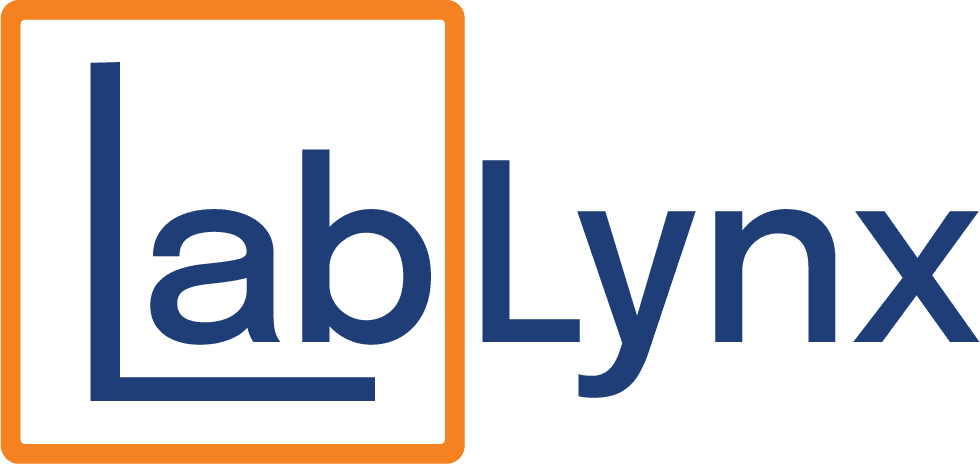
The laboratory landscape is undergoing a profound transformation, driven by technological advancements that are reshaping how scientists work, collaborate, and innovate. Remote monitoring and collaboration tools are at the forefront of this revolution, offering unprecedented opportunities to enhance efficiency, productivity, and scientific discovery. In this in-depth exploration, we’ll delve into the world of remote lab management, highlighting the benefits, challenges, and cutting-edge solutions that are empowering labs to embrace the future of scientific collaboration.
The Rise of Remote Lab Management
Remote lab management encompasses a suite of technologies and practices that enable scientists to access, monitor, and control laboratory experiments and equipment from a distance. This can include everything from remotely monitoring instrument readings and adjusting experimental parameters to analyzing data, sharing results, and collaborating with colleagues in real-time. The COVID-19 pandemic accelerated the adoption of remote lab management tools as scientists sought ways to continue their work while adhering to social distancing guidelines. However, the benefits of remote lab management extend far beyond the pandemic, offering a host of advantages that are reshaping the scientific landscape.
Benefits of Remote Monitoring and Collaboration
Increased Efficiency and Productivity
- Remote monitoring eliminates the need for scientists to be physically present in the lab for routine tasks, freeing up valuable time for research, analysis, and collaboration.
- Automated data collection and analysis streamline workflows, reducing the potential for human error and accelerating research timelines.
Enhanced Collaboration and Knowledge Sharing
- Remote collaboration tools facilitate real-time communication and data sharing among scientists, regardless of their geographical location.
- This fosters a collaborative environment where researchers can easily share insights, brainstorm ideas, and troubleshoot problems together.
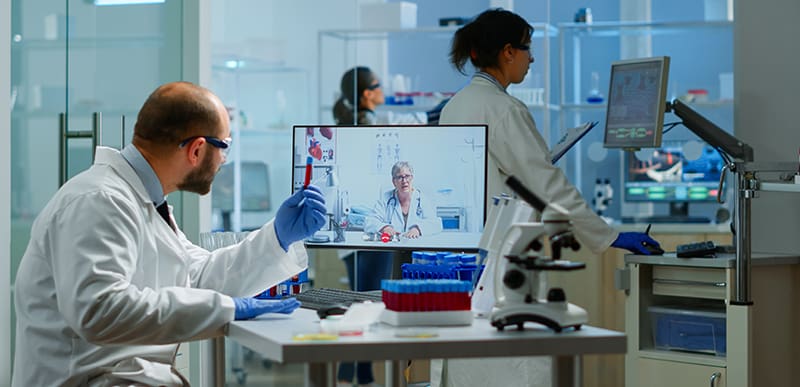
Improved Access to Expertise
- Remote lab management allows scientists to tap into the expertise of colleagues and specialists from around the world.
- This can be particularly valuable for smaller labs or those located in remote areas, as it provides access to a broader range of expertise and resources.
Cost Savings and Resource Optimization
- By reducing the need for travel and on-site presence, remote lab management can significantly cut costs associated with lab operations.
- It also enables more efficient utilization of lab resources, as instruments and equipment can be monitored and controlled remotely, minimizing downtime.
Enhanced Safety and Security
- Remote monitoring can reduce the risk of exposure to hazardous materials and environments for lab personnel.
- Additionally, remote access controls and data encryption measures ensure the security and integrity of sensitive lab data.
Challenges and Considerations
While the benefits of remote lab management are undeniable, there are also challenges and considerations that must be addressed:
- Technology Infrastructure: Implementing remote lab management requires a robust and reliable IT infrastructure, including high-speed internet connectivity, secure data storage, and compatible software and hardware.
- Data Security and Privacy: Protecting sensitive lab data from unauthorized access is crucial. Robust cybersecurity measures, including encryption, access controls, and regular audits, are essential.
- Training and Adoption: Lab staff may need training to effectively use remote monitoring and collaboration tools. It’s important to provide comprehensive training and ongoing support to ensure successful adoption.
- Regulatory Compliance: Laboratories must ensure that their remote lab management practices comply with relevant regulations and standards, such as those related to data integrity and security.
LabLynx: Your Partner in Remote Lab Management
LabLynx, a leader in laboratory informatics, offers a range of cutting-edge solutions that empower labs to embrace the benefits of remote monitoring and collaboration. Our secure, cloud-based platform enables real-time data access, remote instrument control, and seamless collaboration among lab staff, regardless of their location.
With LabLynx, you can:
- Monitor experiments and instrument readings in real-time.
- Adjust experimental parameters remotely.
- Analyze data and share results with colleagues.
- Collaborate on research projects in a virtual environment.
- Ensure data integrity and compliance with regulatory requirements.
Embracing the Future of Laboratory Science
Remote monitoring and collaboration are reshaping the laboratory landscape, offering new opportunities for scientific discovery and innovation. By embracing these technologies, labs can enhance efficiency, productivity, and collaboration, ultimately accelerating scientific progress.
LabLynx is committed to empowering labs with the tools and solutions they need to thrive in the digital age. Our remote lab management solutions are designed to be intuitive, scalable, and secure, ensuring that you can focus on what matters most: advancing scientific knowledge and improving human health.
Accelerate Your Lab's Success & Experience LabLynx
"*" indicates required fields
Explore the LabLynx Suites
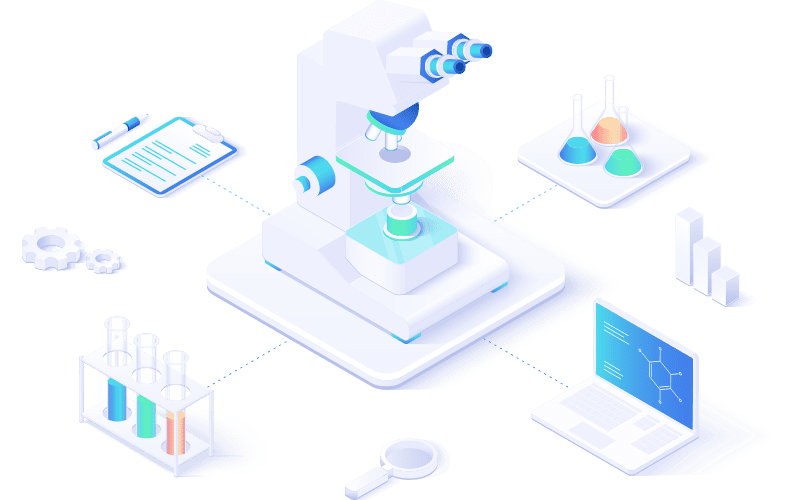
LIMS Suite
Seamless Sample and Workflow Management
The LabLynx LIMS Suite empowers laboratories with the tools needed to manage samples, workflows, compliance, and more in one centralized system. It’s the backbone for labs seeking efficient, reliable, and scalable management solutions.
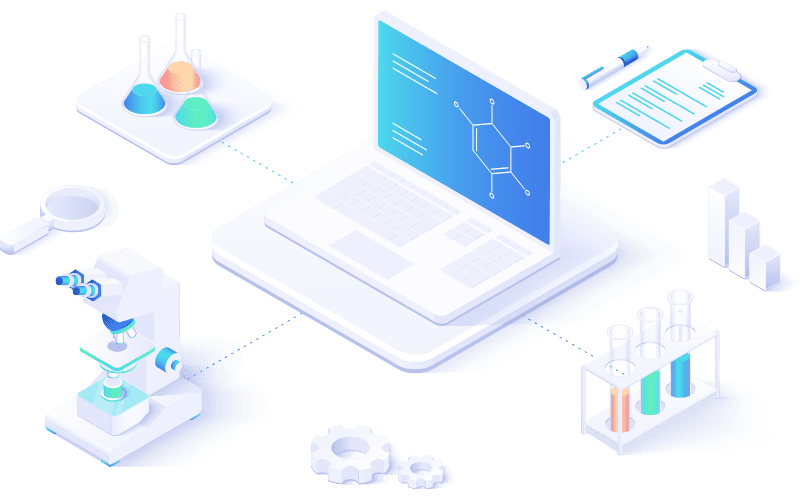
ELN Suite
The LabLynx ELN Suite offers a modern approach to managing lab data and experiments. With its secure, intuitive platform, your team can record, store, and collaborate effortlessly, supporting innovation every step of the way.
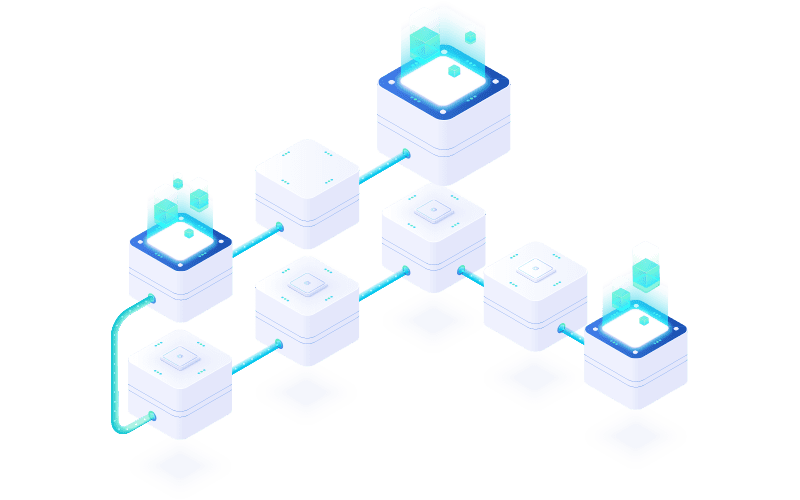
Lab Automation
Automate for Efficiency and Growth
Streamline operations and boost productivity with the LabLynx Lab Automation Suite. Designed for labs ready to embrace advanced automation, this suite integrates systems, instruments, and workflows to deliver efficiency at scale.
